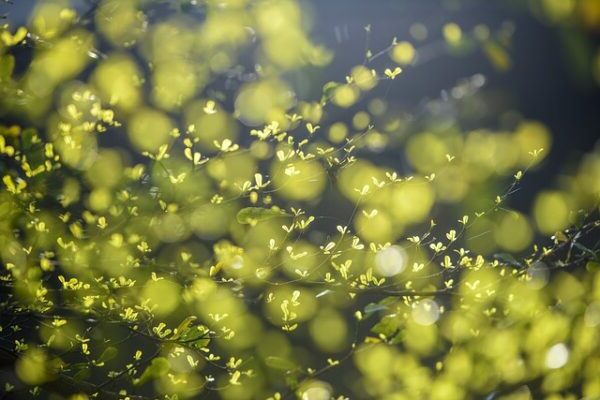A research team led by Washington State University has created a computer model to understand how plants store energy in the thylakoid membrane, a key structure to photosynthesis in plant leaves.
The team confirmed the accuracy of the mathematical model with lab experiments. Their work was recently published in the journal Nature Plants.
“We provided an important piece to the overall puzzle of plant metabolism,” said Helmut Kirchhoff, a professor in WSU’s Institute of Biological Chemistry and leader of the team who made this discovery. “If we integrate our model into the bigger picture, it may provide a good path for how to improve plants for certain environments.”
Plants convert sunlight into usable energy through photosynthesis, but constantly adjust where and how they store the self-made energy based on light level, temperature, moisture and other factors.
Figuring out how plants make these adjustments could improve our understanding of how they perform in the field and help develop new plants that can withstand rising temperatures from climate change.
Kirchhoff and his collaborators’ findings could have broad implications and benefits in years to come, as their model is integrated with others to learn more about how exactly photosynthesis works.
Energy conversion from sunlight and energy storage happens in specialized thylakoid membranes in chloroplasts in leaves.
“It functions like a battery,” Kirchhoff said. “In leaves, plants pump protons from one side of the thylakoid membrane to the other generating a gradient of positive and negative charges.”
To regulate this energy storage, ion channels control the fluctuation in amount of energy available, he said.
Understanding this complex process could be the key to feeding people around the world on a warming planet.
“Photosynthesis is very powerful,” Kirchhoff said. “If it’s not controlled, it can produce too much energy, which creates dangerous molecules that can kill a plant. Engineering plants with better photosynthetic control would mean those plants could survive in sunnier, warmer conditions.”
The scientists shined a variety of lights on leaves and measured the changes in absorption and fluorescence.
“We illuminate leaves with different light intensities to create excited states in pigments,” Kirchhoff said. “The leaf then changes its absorption and fluorescence properties that we measure, telling us what is going on in the leaf.”
Co-authors on the paper include Meng Li, Vaclav Svoboda and Hans-Henning Kunz from WSU, and Geoffry Davis and David Kramer from Michigan State University.
Read the paper: Nature Plants
Article source: Washington State University
Author: Scott Weybright
Image credit: Ngo Tuan Anh / Pixabay






